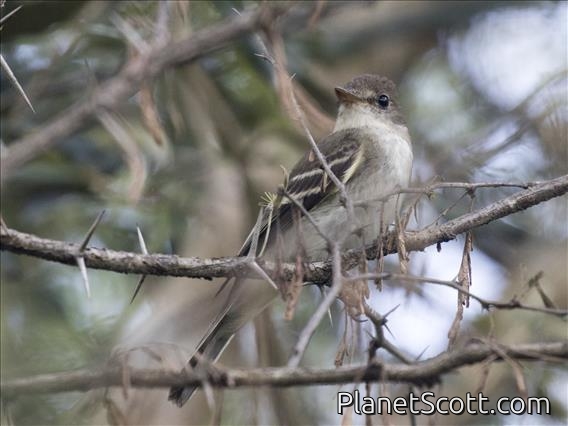Acadian Flycatcher (Empidonax virescens)

Acadian Flycatcher (Empidonax virescens)

Acadian Flycatcher (Empidonax virescens)


×



Acadian Flycatcher (Empidonax virescens)

Acadian Flycatcher (Empidonax virescens)
About Acadian Flycatcher (Empidonax virescens)
- Kingdom: Animals
- Phylum: Chordates
- Class: Birds
- Order: Perching Birds
- Family: Tyrant Flycatchers
The Acadian flycatcher is a small insect-eating bird of the tyrant flycatcher family.
Source: Wikipedia
Visits
-
-
-
2009-03-13
Rio Paca Station, PanamaThis is my best guess on this bird. Notable field marks were bold white wing bars, whitish eye ring, and whitish throat. -
-
-
-
-
-
-
-
-
-
-






